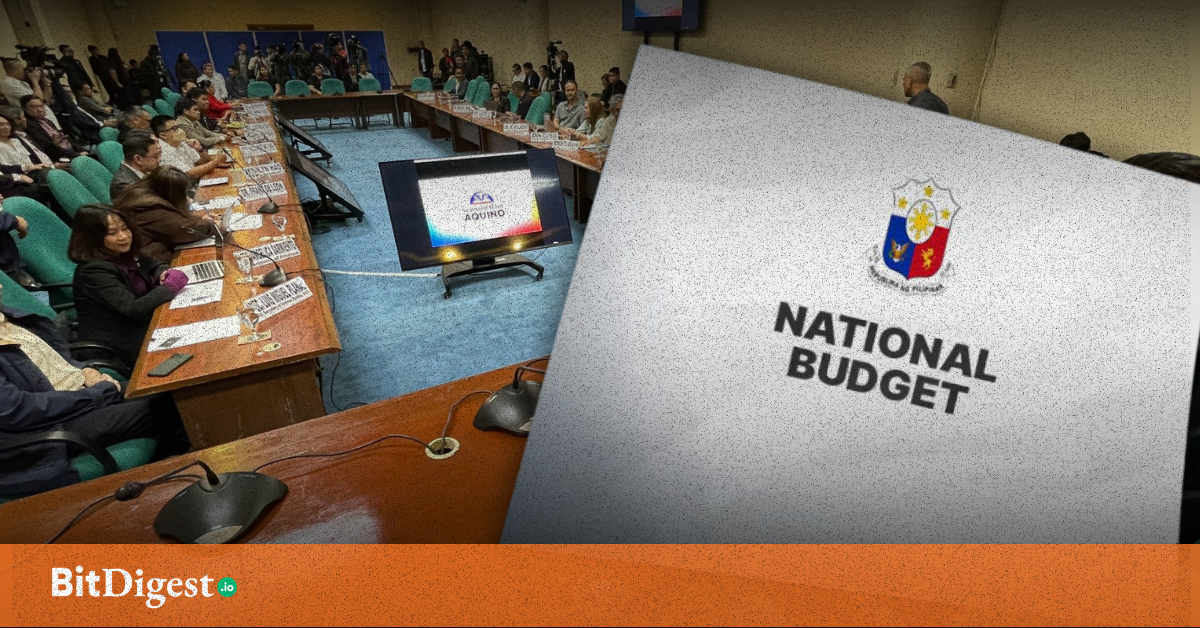Inflation Explained Simply: How Rising Prices Actually Affect You
According to the Philippine Statistics Authority (PSA), inflation for the bottom 30% income households registered a -0.4% rate in October 2025, marking a continued decline from -0.2% in September. While this figure technically points to deflation, it doesn’t mean costs are decreasing dramatically; rather, the pace at which prices are increasing has slowed down.
Food and non-alcoholic beverages saw the largest contribution to this slowdown, with their price index decreasing more rapidly than in previous months. Other categories, such as transport and recreation, also experienced softer price increases. However, prices of essentials like electricity, housing, health services, and communication crept upward, keeping overall living costs elevated.
So What Exactly Is Inflation?
In simple terms, inflation tracks how much prices have risen over time. It’s measured using the Consumer Price Index (CPI), which looks at a standard “basket” of goods that people commonly buy—such as food, fuel, clothing, and services. If the inflation rate is 4%, that means you’d need ₱1,040 today to buy what ₱1,000 could have bought you last year.
The key point: a lower or even negative inflation rate doesn’t mean things are cheaper. It just means prices aren’t rising as fast as before. But if you’re already dealing with high costs from previous years, that slower pace doesn’t feel like relief—it feels like you’re stuck paying more for the same.
Why It Still Feels So Expensive
The current dip in inflation follows two years of rapid price increases. Back in early 2023, inflation for low-income households reached as high as 9.7%. So while rates are cooling off now, they’re doing so after prices had already surged significantly. Rice, for example, might have jumped from ₱40 to ₱52 per kilo between 2021 and 2023. Even if inflation slows to 1% this year, you’re still paying ₱52 not less.
This “compounding effect” explains why Filipinos still feel burdened despite the technical easing in inflation rates. Lower inflation does not mean lower prices—it means the price hikes are coming more slowly.
Income Isn’t Keeping Up
Wage growth hasn’t caught up with the increased cost of living. Across many regions, even recent minimum wage adjustments still fall short of covering today’s expenses. For many informal workers—freelancers, small store owners, daily-wage earners—income is often unpredictable, making it harder to manage budgeting against price increases.
The result is a daily struggle to prioritize expenses, with families forced to cut back on food variety, delay healthcare, or skip on educational needs just to meet basic bills.
What’s Driving the Price Changes?
The PSA’s October 2025 report highlights that food inflation dropped to -2.8% for the bottom 30% income group. This was largely driven by slower price increases in meat, vegetables, and dairy, and a notable drop in corn and rice prices. Some items, like sugar and fruits, even posted near-zero or negative price movements.
However, not all costs are easing. Utility bills, rent, communication services, and healthcare all became more expensive. In Metro Manila, the inflation rate for low-income households actually rose to 2.5% due to climbing housing and electricity prices.
Outside NCR, 12 regions posted negative inflation rates—with BARMM recording the largest drop at -1.7%. But in CALABARZON, prices rose the fastest, up by 1.7%.
Why Inflation Is a Personal Issue
Inflation statistics may seem abstract, but their effects are deeply personal. For ordinary families, slower inflation doesn’t mean they suddenly feel wealthier. People are still adjusting their meals, skipping meat, or shopping for the cheapest available items just to stretch their pesos.
Small businesses are feeling it too. Sari-sari store owners face tighter margins as their suppliers raise prices. Tricycle drivers pay more for fuel but can’t always raise fares to match. These ripple effects touch every corner of daily life. But, while inflation is largely outside individual control, understanding it can help households adapt more effectively. Tracking personal expenses, switching to more cost-effective brands, and using bulk buying cooperatives can help manage day-to-day impacts.
It’s also useful to keep up with verified information. Agencies like the PSA release detailed inflation reports monthly, helping citizens separate hype from facts and adjust accordingly.
The government must continue to play a critical role. The Bangko Sentral ng Pilipinas (BSP) is tasked with managing inflation through monetary policy. But beyond this, there’s a need for better communication of what inflation means, especially for the most vulnerable.
Equally important is ensuring wages and social support programs are calibrated to rising living costs. LGUs can help by tracking local prices, providing subsidies, and supporting logistics that keep essential goods affordable. Strengthening local food systems, investing in renewable energy, and improving financial literacy all form part of a long-term strategy for inflation resilience.
Inflation isn’t just an economic term, it’s a daily reality. It dictates how full your pantry is, how often you refill your LPG tank, and whether you can afford to visit a doctor when needed.
While recent inflation rates appear more manageable on paper, the lived experience remains tough for many, especially after the compounded effects of recent years. The more people understand how inflation works—and what it doesn’t mean—the better we can all advocate for smarter, fairer systems that cushion shocks and promote real recovery.
.svg)


.svg) SHARE TO FACEBOOK
SHARE TO FACEBOOK SHARE TO TWITTER/X
SHARE TO TWITTER/X SHARE TO LINKEDIN
SHARE TO LINKEDIN SEND TO MAIL
SEND TO MAIL





.svg)


.svg)